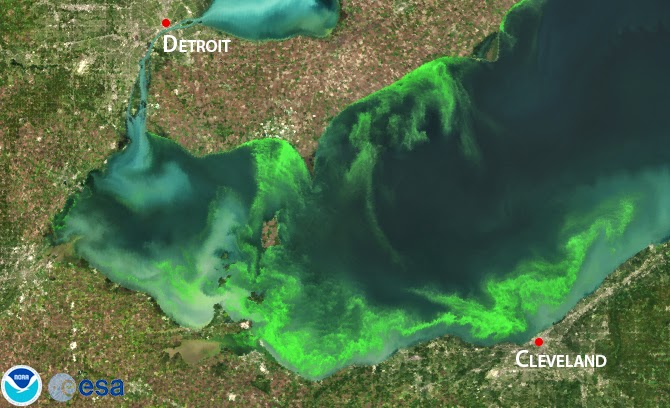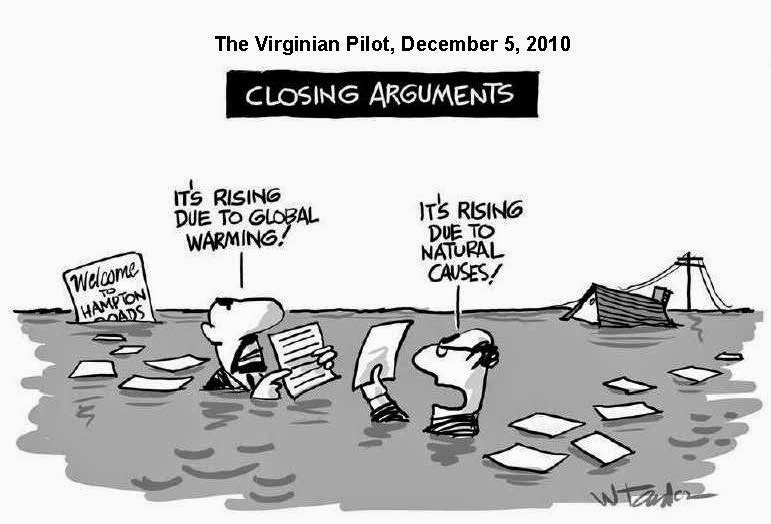Avon Lake Regional Water is in the midst
of a $100-million
improvement program funded through the rates we charge for water and
wastewater services. For Avon Lake readers, if you care how this is spent, then
you should care about the upcoming election November 3, 2015, where three
members will be elected to the Board of Municipal Utilities.

The founding fathers of Avon
Lake showed significant insight when they formed the Board of Municipal Utilities
as an independent board. Independent utility boards are able to focus solely on
water and wastewater management issues, a very detail- and capital-oriented
endeavor. This singular focus ensures the organization is operated in the best
manner possible to provide excellent service today, tomorrow, and long into the
future. Raising funds to keep our water infrastructure working (and raising
rates in order to make it happen) doesn’t win political elections, but it does keep
rates lower in the long-run than deferring maintenance and keeping rates steady.
Raising funds to keep our water infrastructure working (and raising rates in order to make it happen) doesn’t win political elections, but it does keep rates lower in the long-run than deferring maintenance and keeping rates steady.
Perhaps more important, with the
freedom to consider the big picture, rather than the next election, comes the opportunity
to make big decisions that reap big rewards for ratepayers. For example, the original
decision to offer water outside our city led to Avon Lakers having one of the
lowest water rates in the state.

The Avon Lake Board of Municipal Utilities
first met in 1929 to oversee operations of the brand new water filtration
plant. Since that time, the Board has overseen the construction of our first
wastewater treatment plant, the regionalization of water
sales and wastewater collection, and now the resiliency-increasing measures
to help mitigate potential environmental concerns such as toxic algae and
icing.
Board members are Avon Lake
citizens elected at-large to serve 4-year terms. This November, three of our five
members will be elected. In 2017, two of five members will be elected. The
staggered terms are meant to reduce the chances for too much turnover at once.
For probably the first time
ever, there are six candidates for the three open positions: Anthony Abram,
Robert Berner (incumbent), John Dzwonczyk (incumbent), Randy Phillips
(incumbent), Dana Schnabel, and C.J. Tyree. Some have even set up election
pages (John
Dzwonczyk and C.J.
Tyree so far). On October
7, 2015, Avon Lake Community Television recorded a discussion with the
candidates hosted by the Cable Advisory Committee so that we may make educated
decisions when we each vote for up to three candidates on November 3 (see https://vimeo.com/141827849).
Within the past 18 months,
the Board has been working with staff to update the strategic plan. The Board's
vision for Avon Lake Regional Water is to be a trusted and treasured
community asset that enhances quality of life. Soon, the Board will affirm
the agenda staff will be working to complete during the next four years. These initiatives
will help assure a safe and reliable water system, enhance water quality, help
mitigate cost impacts on customers, and provide information through various outreach
efforts. Board input is critical, because these projects
are paid exclusively through user fees—which include the rates we all pay
for water and wastewater services.
The Board's vision for Avon Lake Regional Water is to be a trusted and treasured community asset that enhances quality of life.
Avon Lake Regional
Water is your water and wastewater service provider, and the Board of Municipal
Utilities is the governing authority. The Board represents the citizens of Avon
Lake to assure that staff members are making the correct decisions to provide
the region with quality water services. Do your research. (We hope to help you
by setting up a page on http://avonlakewater.org/ with candidate information soon.) Don't flush
your vote down the toilet. Learn about the candidates and vote.




















